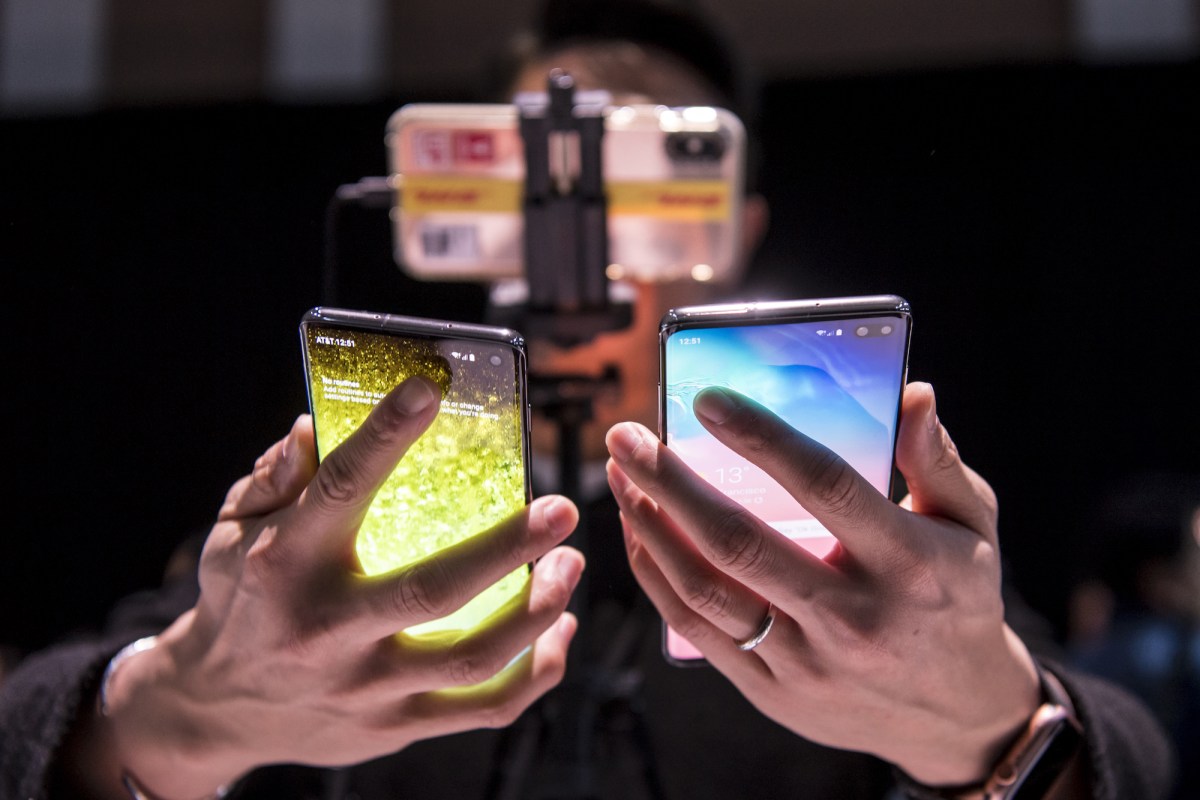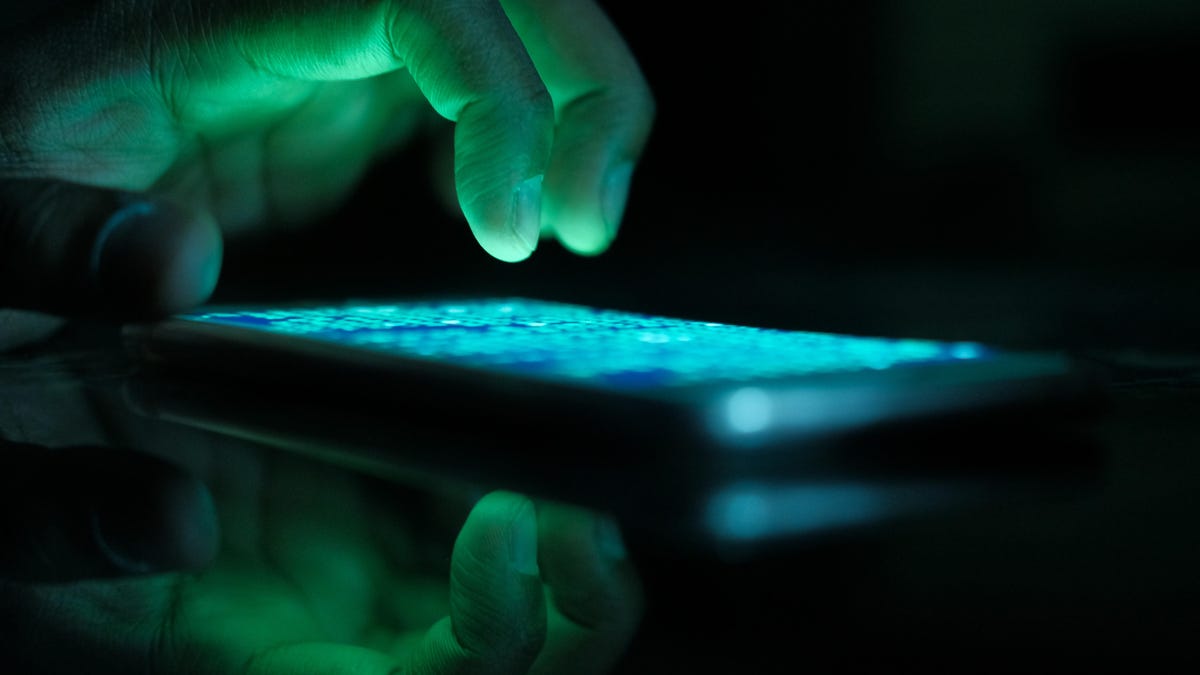- Mar 13, 2022
- 599
Google’s security research unit is sounding the alarm on a set of vulnerabilities it found in certain Samsung chips included in dozens of Android models, wearables and vehicles, fearing the flaws could be soon discovered and exploited.
In a blog post, Google’s Project Zero head Tim Willis said the in-house security researchers found and reported 18 zero-day vulnerabilities in Exynos modems produced by Samsung over the past few months, including four top-severity flaws that could compromise affected devices “silently and remotely” over the cellular network.
“Tests conducted by Project Zero confirm that those four vulnerabilities allow an attacker to remotely compromise a phone at the baseband level with no user interaction, and require only that the attacker know the victim’s phone number,” Willis said.

Google warns users to take action to protect against remotely exploitable flaws in popular Android phones
The four vulnerabilities found in Samsung chips can be exploited to compromise Android devices "silently and remotely" over the cell network.






